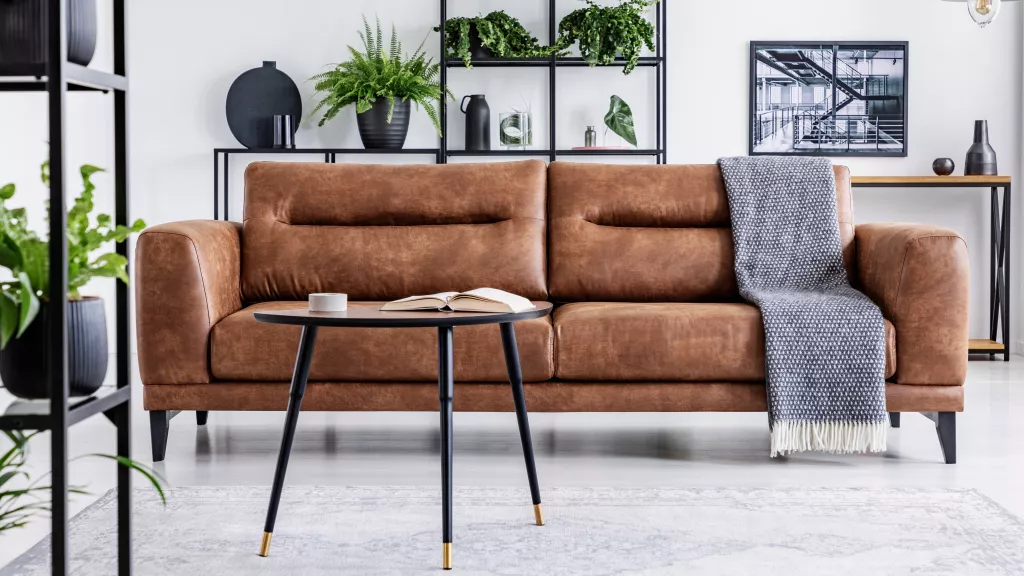
The leather sofa is, without a doubt, one of the most satisfying sofa types to sit on. They feel great, they look fantastic, and they can last much longer in terms of their shape and structure. However, if you run into a problem with a leather sofa, you might need to act – and quickly. We would always suggest to have leather sofas professionally cleaned, so get in touch with one our experts to find out more information.
To make sure you can keep that leather sofa in good condition, here are some useful tips on how to clean a leather sofa yourself.
DIY Cleaning
For any leather sofa, the first thing to do is to get the good old vacuum cleaner out and get to work. Vacuuming your sofa is a start as it can make sure that you pick up debris and other mess that is building up. Be sure to lift the seating cushions out of the sofa itself so that you can get in all of the little nooks and crannies between each cushion.
Take your time when vacuuming
Many go for a quick once-over vacuum but we highly recommend you focus on a more methodical approach. A slower approach can make sure that you can get in each of the areas and crevices, and lift all of the damage that might have been done. You should focus especially on the seams, too, as these are often areas where dirt build-up can be at its most pronounced (if not visible).
Wipe down the leather with a cloth
The next recommended steps would be to make sure that you give the leather sofa a quick run down with a cloth. Check the furniture tag first, though, as some leather sofas come with bespoke cleaning instructions that you should follow. Look for a W, S, or P; W means water, S/P means that it can only be dry-cleaned using a solvent. SW/WS means that you can use a water based solution or a solvent.
What about an X?
If you spot an X on your leather sofa, though, it means it can only be cleaned using a professional solution. These are typically too unwieldy to use for non-pros, and it only takes one mistake to really damage the couch. So, with that in mind, you should get in touch with carpet cleaning professionals – like ourselves – who can manage the cleaning process on your behalf and avoid any potential leather sofa damage.
Condition your sofa at the end
Whether you clean it yourself or with a professional helping out, you should then condition the sofa at the end of your cleaning process. This is very useful as it can make sure that you get an extra layer of protection and security. Now, the sofa is more likely to be protected from further damage. As ever, though, follow the manufacturer instructions, or ask our team for insight about how to best manage your leather sofa.